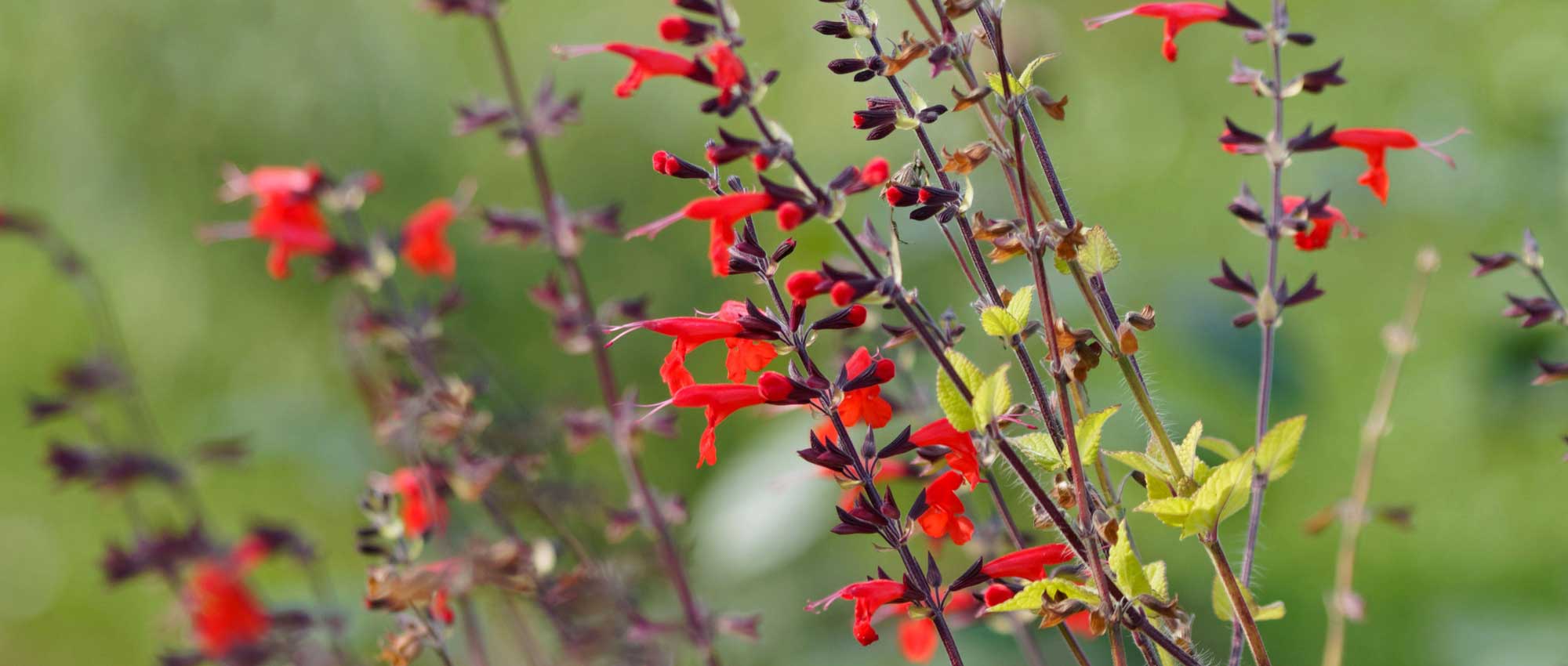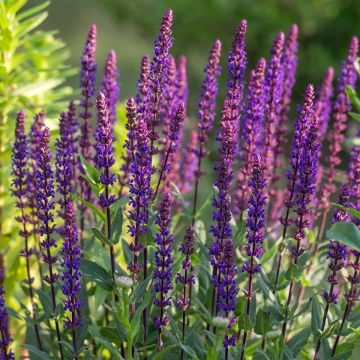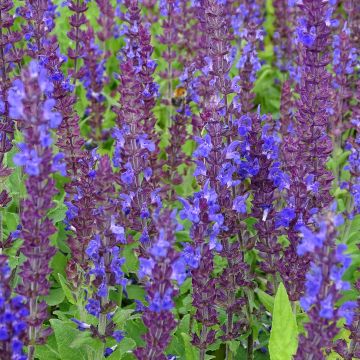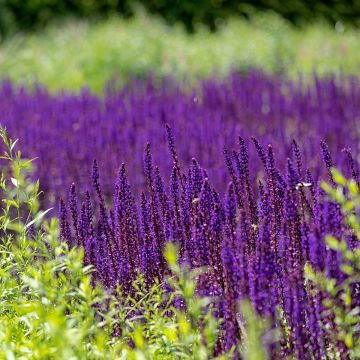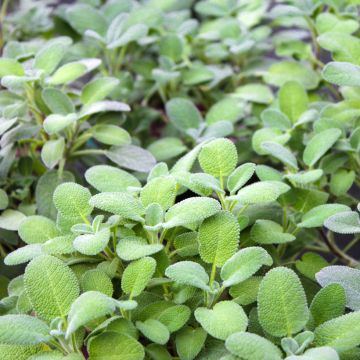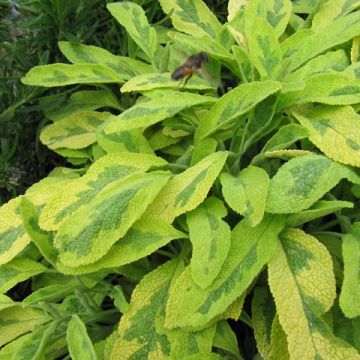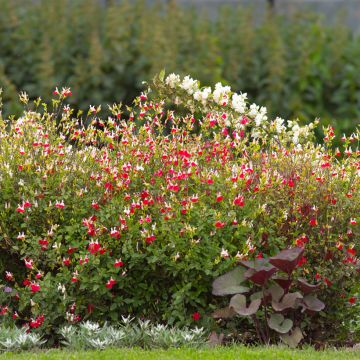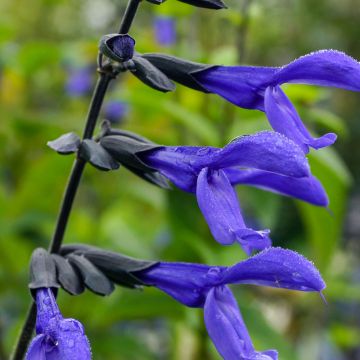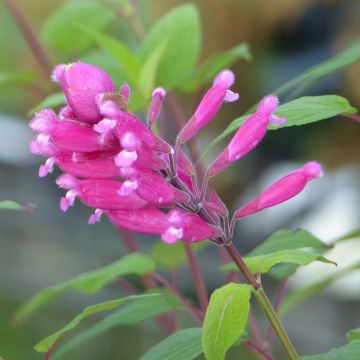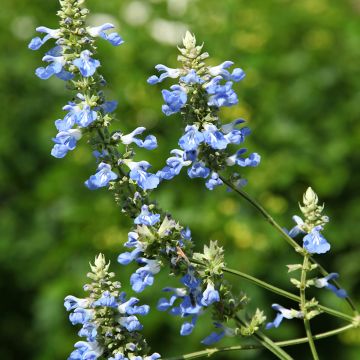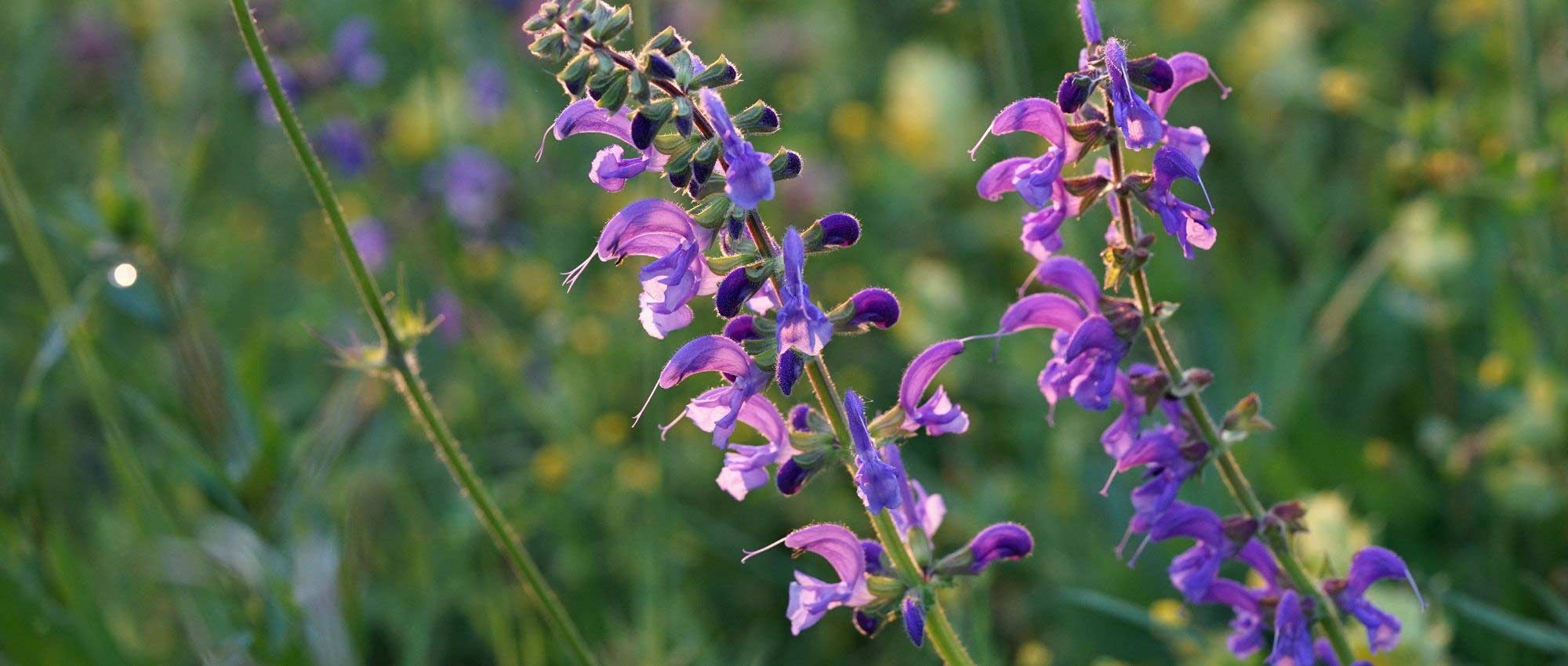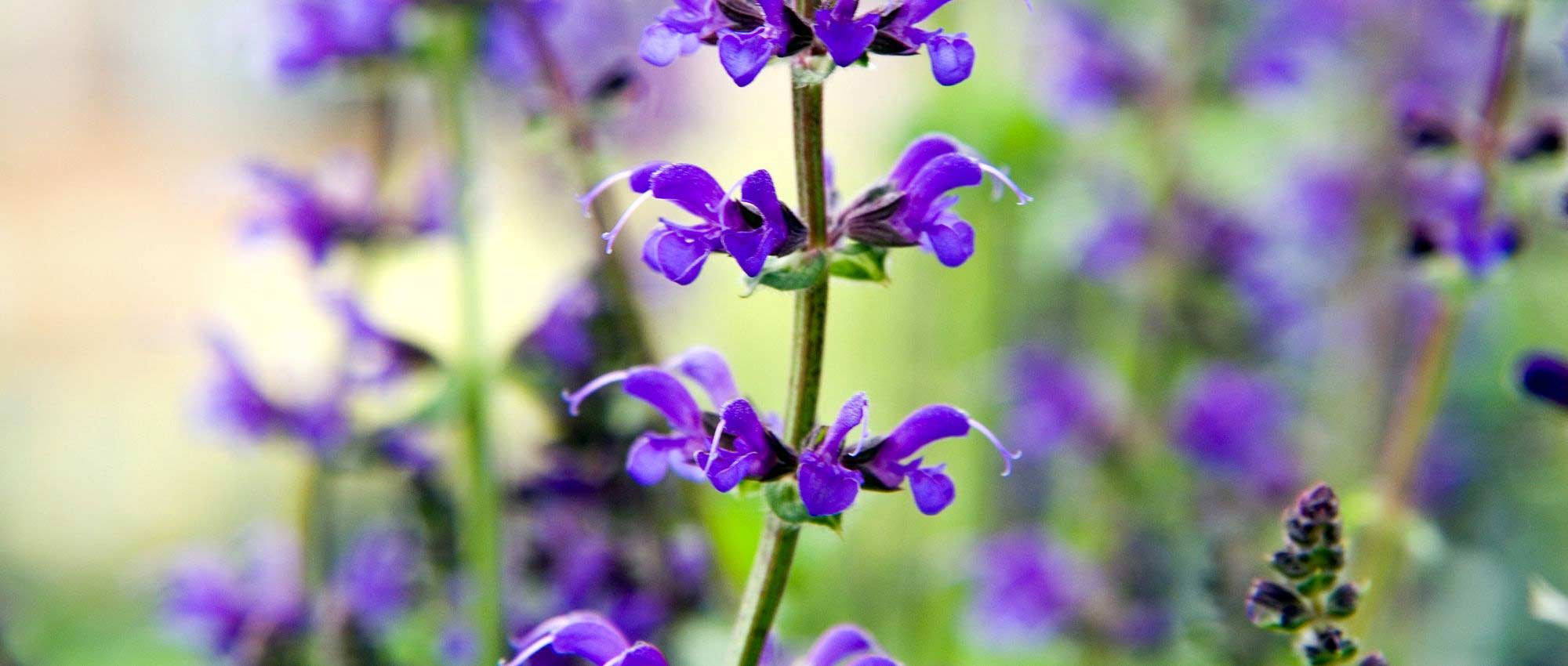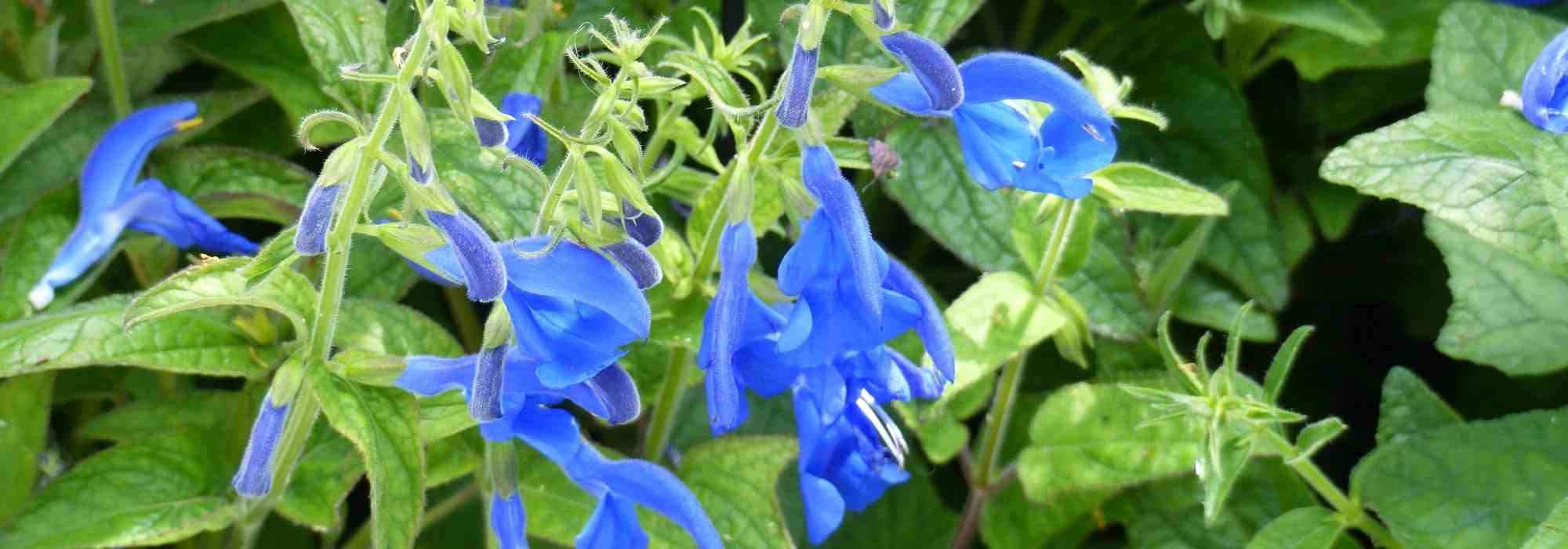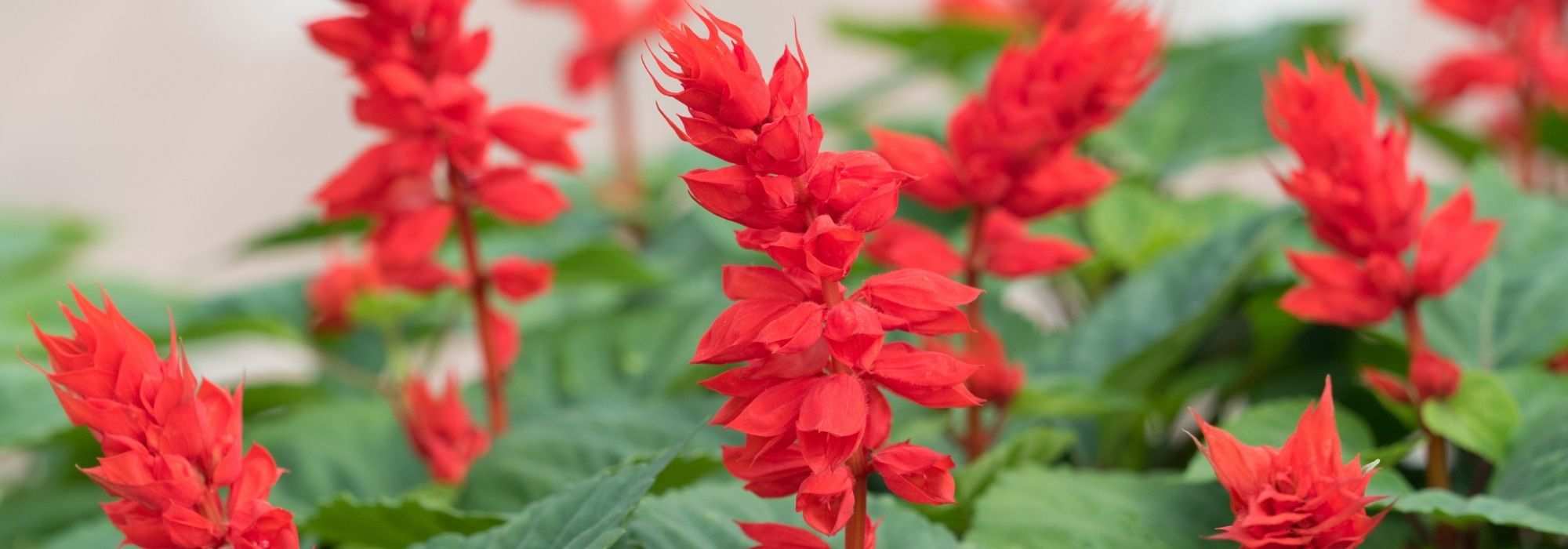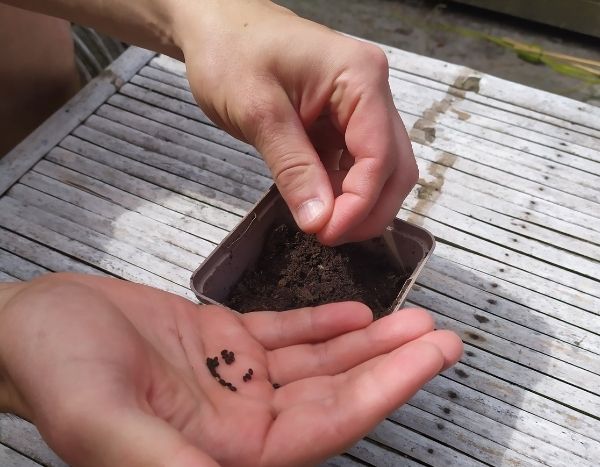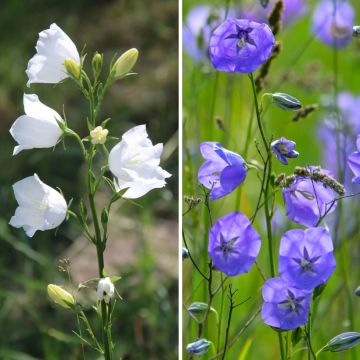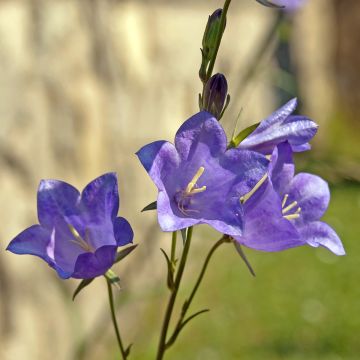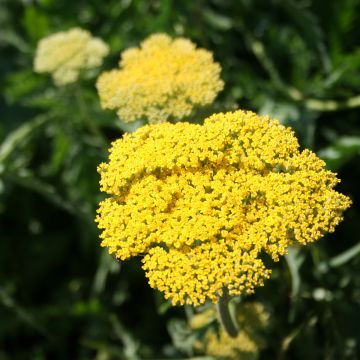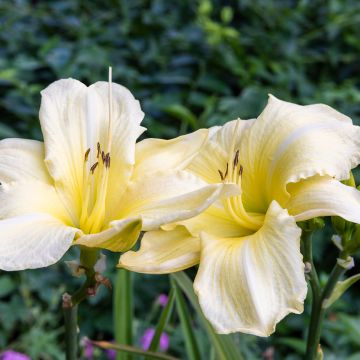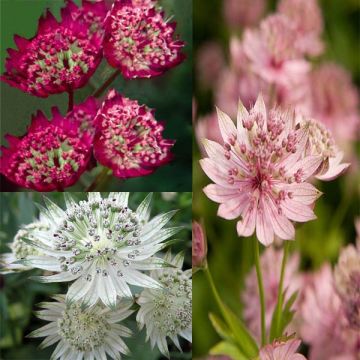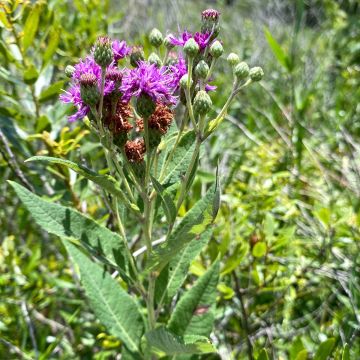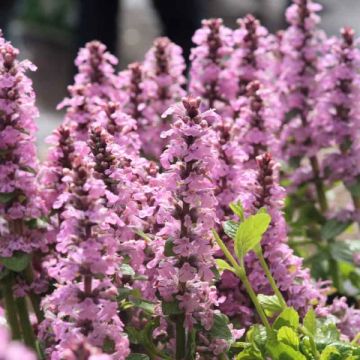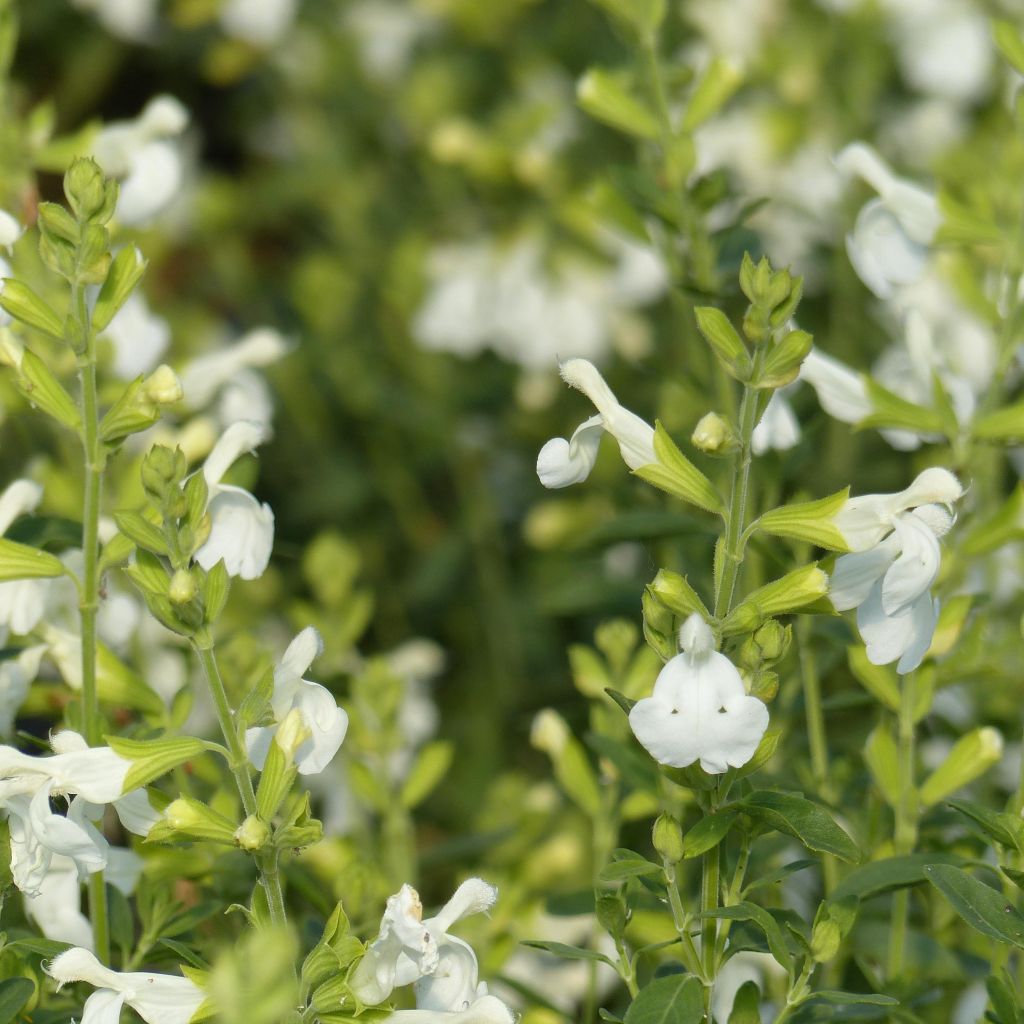

Salvia greggii Alba
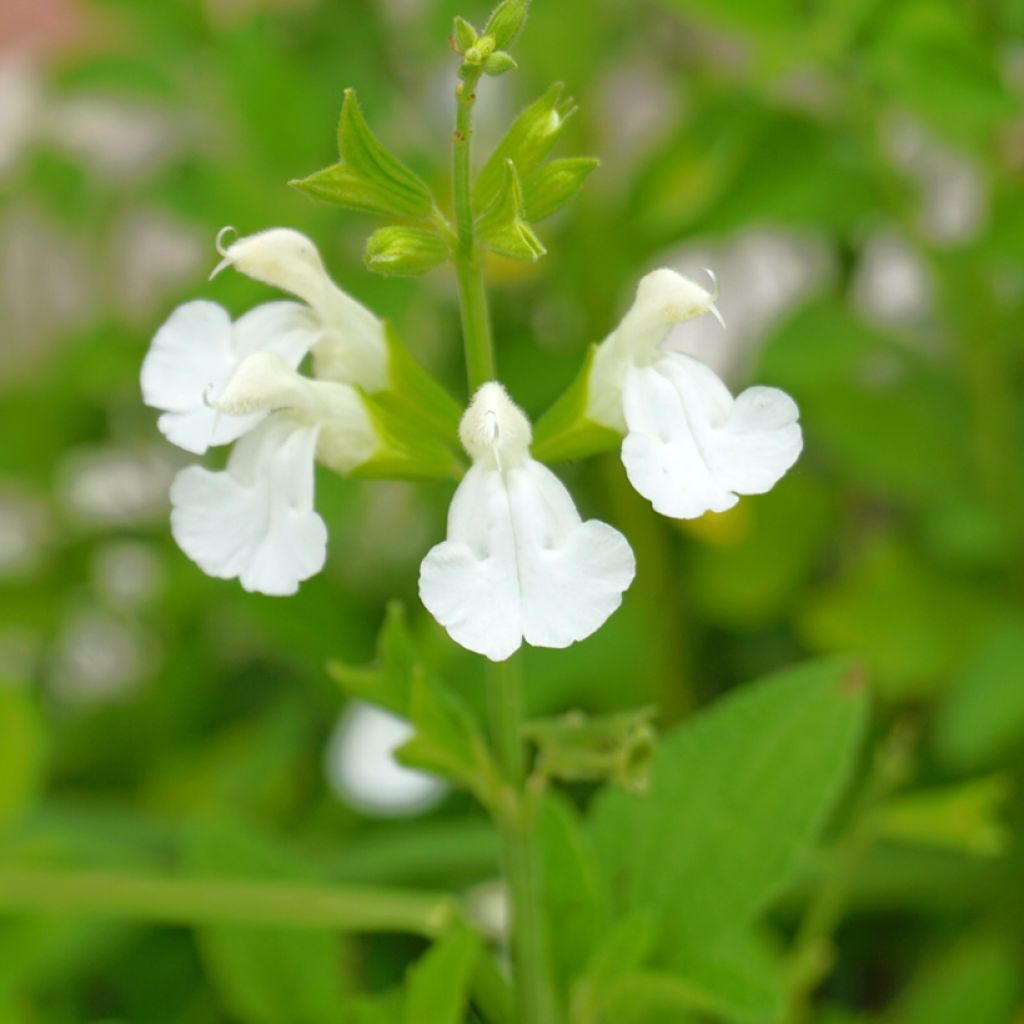

Salvia greggii Alba
Salvia greggii Alba
Salvia greggii Alba
Autumn Sage, Cherry Sage, Gregg's Sage
Very satisfied
Marité, 09/10/2025
Special offer!
Receive a €20 voucher for any order over €90 (excluding delivery costs, credit notes, and plastic-free options)!
1- Add your favorite plants to your cart.
2- Once you have reached €90, confirm your order (you can even choose the delivery date!).
3- As soon as your order is shipped, you will receive an email containing your voucher code, valid for 3 months (90 days).
Your voucher is unique and can only be used once, for any order with a minimum value of €20, excluding delivery costs.
Can be combined with other current offers, non-divisible and non-refundable.
Home or relay delivery (depending on size and destination)
Schedule delivery date,
and select date in basket
This plant carries a 12 months recovery warranty
More information
We guarantee the quality of our plants for a full growing cycle, and will replace at our expense any plant that fails to recover under normal climatic and planting conditions.

Would this plant suit my garden?
Set up your Plantfit profile →
Description
Salvia greggii Alba, also known as Gregg's white sage, forms a small evergreen bush with dark green, very fine and pleasantly aromatic leaves. Its small pure white flowers bloom in June, then again in late summer, with even more generosity, until the first frost. This variety proves to be quite hardy and very resistant to summer drought.
Salvia greggii, also known as Texas white sage, belongs to the family of lamiaceae or labiates. The mountains of the east, west, and south of Mexico, as well as southern Arizona, are the birthplaces of this aromatic plant. This branching shrubby perennial has a bushy and spreading habit, as wide as it is tall. It will reach 50 cm (20in) in all directions. The nectar-rich flowering is particularly generous, especially in autumn from September to November if the cold does not put an end to it. The elongated flowers emerge from the foliage, grouped in spikes. They measure no more than 2 cm (1in) in length and are a beautiful ivory-white to pure white. They only live for a day, covering the ground with their petals in the evening, but will already be replaced the next morning. The evergreen foliage is composed of very fine leaves, 2 cm (1in) long, dark green, thick and aromatic, a little sticky, releasing with heat a strongly scented fresh and tangy essential oil. In case of intense drought, the plant may partially lose its leaves, without any impact on its health. New buds will develop as soon as the rains return.
This hardy shrubby sage (-15°C (5°F) in well-drained soil) will accompany the spring flowering of daffodils, aubrietas, rosemary, and rock campanulas. But its association with autumn asters is fabulous: choose those that need little attention, such as Aster laevis, Aster turbinellus or Aster amellus for example. Gauras, tall sedums (Sedum 'Matrona'), shrubby potentillas, and beautiful autumn foliage (Euonymus alatus 'Compactus', Nandina domestica 'Firepower', Miscanthus sinensis 'Afrika') will compose an elegant tableau with it. On the terrace, place it in a large pot, right next to an Imperata cylindrica 'red baron'; the contrast of colours and silhouettes is fantastic!
In Mexico, a delicious tea is prepared with the leaves of this sage, which is called 'mountain myrtle' there.
Salvia greggii Alba in pictures


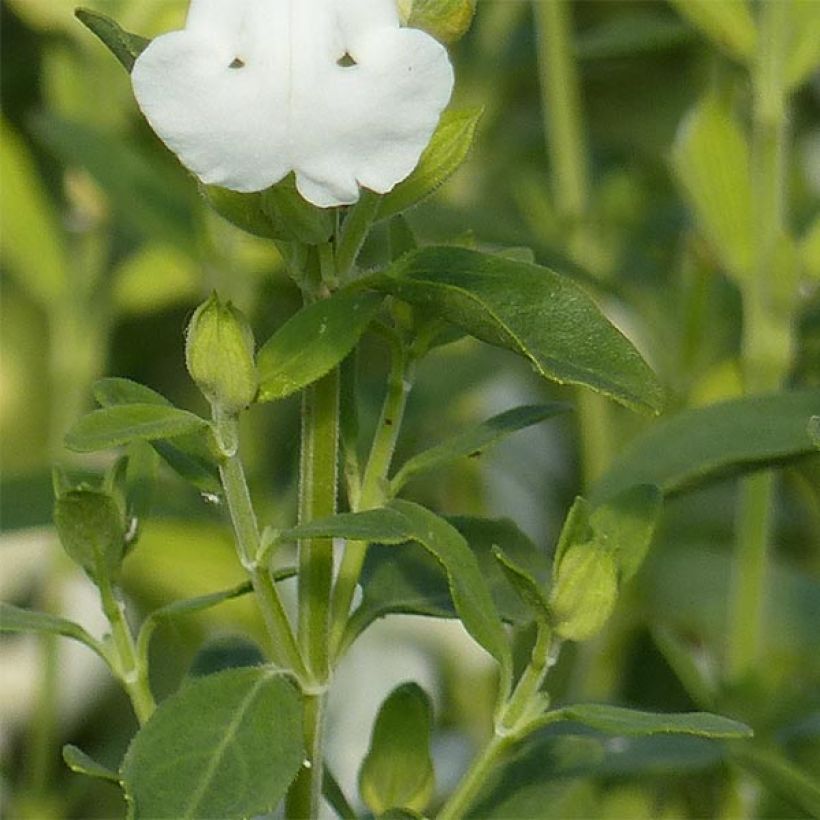

Flowering
Foliage
Plant habit
Botanical data
Salvia
greggii
Alba
Lamiaceae
Autumn Sage, Cherry Sage, Gregg's Sage
Cultivar or hybrid
Other Salvia - Sage
View all →Planting and care
Plant Salvia greggii after spring frosts in a cold climate, in September-October in a warm climate, in light, ordinary, porous, gravelly soil, even limestone, but not too poor to support its flowering. This plant prefers very sunny situations, or at least partial shade. It requires regular watering in autumn and spring to flower abundantly. In poor soil, incorporate a little well-rotted compost or leaf mold. Mulch it in winter, in the coldest regions and protect it from the cold as much as possible. Install it in the warmest corner of the garden, in full sun against a south-facing wall, in a gravelly or sandy slope, or any substrate that does not retain moisture which would be fatal to it in winter. It thrives perfectly in pot culture, which allows gardeners to store it away over winter.
Planting period
Intended location
Care
Planting & care advice
-
, onOrder confirmed
Reply from on Promesse de fleurs
Similar products
Haven't found what you were looking for?
Hardiness is the lowest winter temperature a plant can endure without suffering serious damage or even dying. However, hardiness is affected by location (a sheltered area, such as a patio), protection (winter cover) and soil type (hardiness is improved by well-drained soil).

Photo Sharing Terms & Conditions
In order to encourage gardeners to interact and share their experiences, Promesse de fleurs offers various media enabling content to be uploaded onto its Site - in particular via the ‘Photo sharing’ module.
The User agrees to refrain from:
- Posting any content that is illegal, prejudicial, insulting, racist, inciteful to hatred, revisionist, contrary to public decency, that infringes on privacy or on the privacy rights of third parties, in particular the publicity rights of persons and goods, intellectual property rights, or the right to privacy.
- Submitting content on behalf of a third party;
- Impersonate the identity of a third party and/or publish any personal information about a third party;
In general, the User undertakes to refrain from any unethical behaviour.
All Content (in particular text, comments, files, images, photos, videos, creative works, etc.), which may be subject to property or intellectual property rights, image or other private rights, shall remain the property of the User, subject to the limited rights granted by the terms of the licence granted by Promesse de fleurs as stated below. Users are at liberty to publish or not to publish such Content on the Site, notably via the ‘Photo Sharing’ facility, and accept that this Content shall be made public and freely accessible, notably on the Internet.
Users further acknowledge, undertake to have ,and guarantee that they hold all necessary rights and permissions to publish such material on the Site, in particular with regard to the legislation in force pertaining to any privacy, property, intellectual property, image, or contractual rights, or rights of any other nature. By publishing such Content on the Site, Users acknowledge accepting full liability as publishers of the Content within the meaning of the law, and grant Promesse de fleurs, free of charge, an inclusive, worldwide licence for the said Content for the entire duration of its publication, including all reproduction, representation, up/downloading, displaying, performing, transmission, and storage rights.
Users also grant permission for their name to be linked to the Content and accept that this link may not always be made available.
By engaging in posting material, Users consent to their Content becoming automatically accessible on the Internet, in particular on other sites and/or blogs and/or web pages of the Promesse de fleurs site, including in particular social pages and the Promesse de fleurs catalogue.
Users may secure the removal of entrusted content free of charge by issuing a simple request via our contact form.
The flowering period indicated on our website applies to countries and regions located in USDA zone 8 (France, the United Kingdom, Ireland, the Netherlands, etc.)
It will vary according to where you live:
- In zones 9 to 10 (Italy, Spain, Greece, etc.), flowering will occur about 2 to 4 weeks earlier.
- In zones 6 to 7 (Germany, Poland, Slovenia, and lower mountainous regions), flowering will be delayed by 2 to 3 weeks.
- In zone 5 (Central Europe, Scandinavia), blooming will be delayed by 3 to 5 weeks.
In temperate climates, pruning of spring-flowering shrubs (forsythia, spireas, etc.) should be done just after flowering.
Pruning of summer-flowering shrubs (Indian Lilac, Perovskia, etc.) can be done in winter or spring.
In cold regions as well as with frost-sensitive plants, avoid pruning too early when severe frosts may still occur.
The planting period indicated on our website applies to countries and regions located in USDA zone 8 (France, United Kingdom, Ireland, Netherlands).
It will vary according to where you live:
- In Mediterranean zones (Marseille, Madrid, Milan, etc.), autumn and winter are the best planting periods.
- In continental zones (Strasbourg, Munich, Vienna, etc.), delay planting by 2 to 3 weeks in spring and bring it forward by 2 to 4 weeks in autumn.
- In mountainous regions (the Alps, Pyrenees, Carpathians, etc.), it is best to plant in late spring (May-June) or late summer (August-September).
The harvesting period indicated on our website applies to countries and regions in USDA zone 8 (France, England, Ireland, the Netherlands).
In colder areas (Scandinavia, Poland, Austria...) fruit and vegetable harvests are likely to be delayed by 3-4 weeks.
In warmer areas (Italy, Spain, Greece, etc.), harvesting will probably take place earlier, depending on weather conditions.
The sowing periods indicated on our website apply to countries and regions within USDA Zone 8 (France, UK, Ireland, Netherlands).
In colder areas (Scandinavia, Poland, Austria...), delay any outdoor sowing by 3-4 weeks, or sow under glass.
In warmer climes (Italy, Spain, Greece, etc.), bring outdoor sowing forward by a few weeks.






























